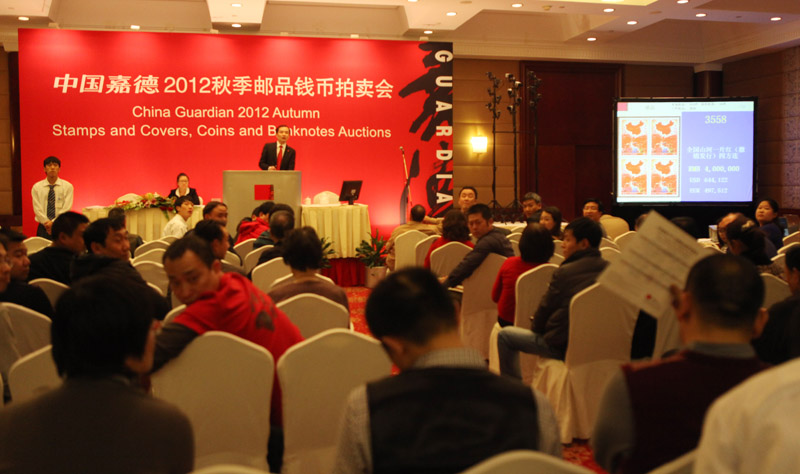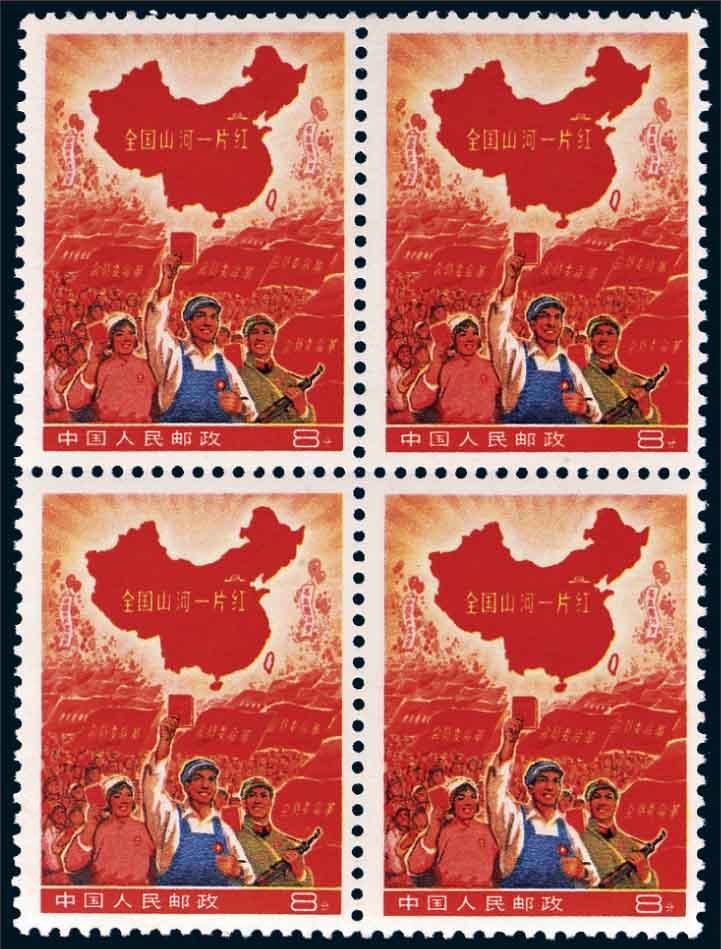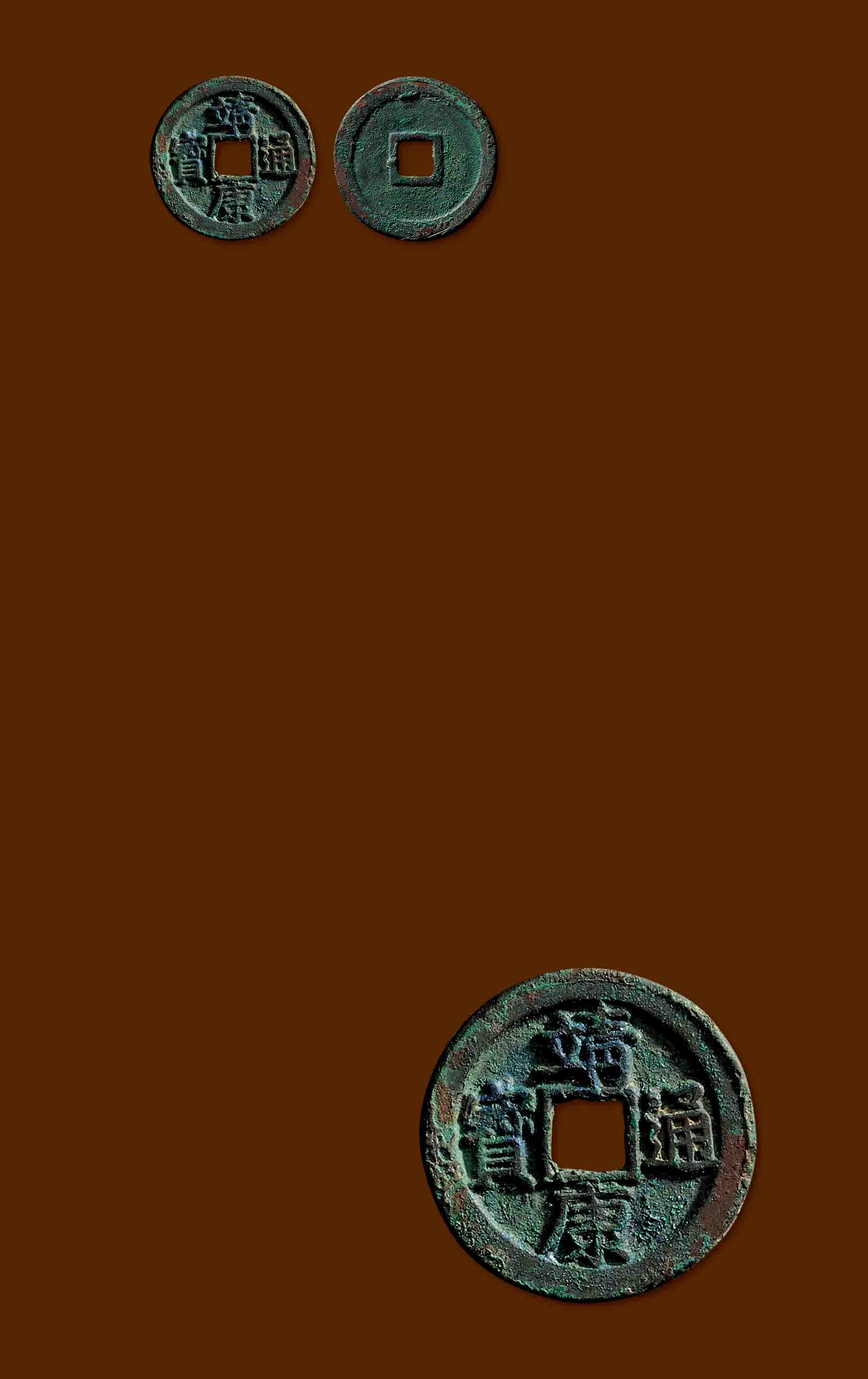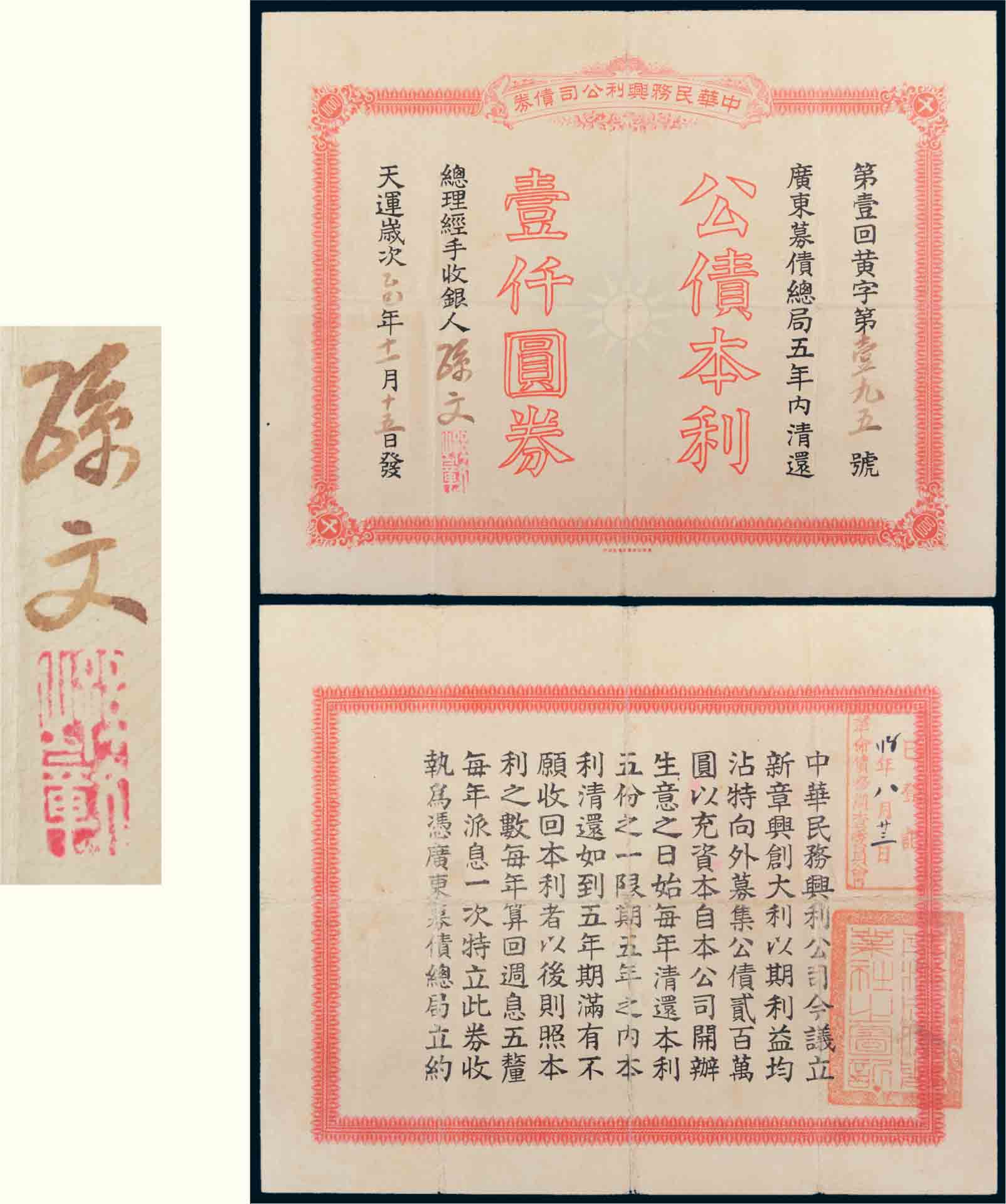- Lot
- Information

China Guardian concluded the 2012 Autumn Stamps and Covers, Coins and Banknotes sales on Oct 28, taking in 51.4 million yuan, as sales of stamps and coins continued to soar.
The highlights included a set of four stamps The Whole Country Is Red. Issued in 1968 when China was mired in the “cultural revolution” (1966-76), the stamps were immediately withdrawn due to design errors, and few appeared in the public since, making them a highly sought-after piece among collectors.

The Whole Country Is Red
The well-preserved stamps fetched just over 4.6 million yuan, easily beating the pre-sale estimate of 3.5 million yuan.
Also noteworthy was an envelope bearing the rare stamp The Whole Country Is Red and a postmark, which sold for 977,500 yuan.
An album of stamps produced in the 1940s sold for 724,500 yuan. The stamps were issued within the regions dominated by the People’s Liberation Army as the PLA engaged in a civil war against the Kuomintang troops. Rarely seen before, the stamps earned intensive attention from the collectors.

A bronze coin with “靖康通寶"
Among the ancient coins, a bronze coin with “靖康通寶” inscribed on one face, produced in the Northern Song Dynasty (960-1127), sold for 1.058 million yuan, smashing its auction record of 728,000 yuan at China Guardian in 2007.
The highlights included many ancient coins collected by Gong Xinzhao (1870-1949). For example, a brass mother coin with Chinese characters “寶泉當(dāng)千” inscribed on one face, produced in the Qing Dynasty, sold for 862,500 yuan; another contemporary coin, with Chinese characters “寶源” inscribed on one face, sold for 402,500 yuan; and a gold coin with Chinese characters “淳化元寶”on one face and a Buddha statue on the other sold for 345,000 yuan.
Modern coins exceeded expectations, including a silver pattern coin produced in 1906, estimated at about 180,000 yuan but selling more than triple that at 598,000 yuan, and a 1911 silver pattern coin produced in 1911 sold for 345,000 yuan.
The banknotes sales featured the extensive collection of Xu Feng. For examples, some 100 coppers issued in 1917 by the Heilongjiang provincial bank sold for 552,000 yuan; three-tiao coppers issued in 1904 by the Kwang Hsin Company sold for 460,000 yuan, and two-tiao contemporary coppers sold for 299,200 yuan.

The debenture of Sun Yat-sen
The banknote auction featured the debenture of Sun Yat-sen (1000-yuan), which sold for 586,500 yuan. In 1905, the underground resistance movement T'ung-meng Hui issued bonds to raise money for military development. As a member of the secret society, Sun Yat-sen signed the bonds and affixed his seal, which has increased their historical value.
In addition, the republic military bank notes (five yuan), issued in 1912, sold for 414,000 yuan, and the first series of the renminbi (10,000 yuan) sold for 287,500 yuan.